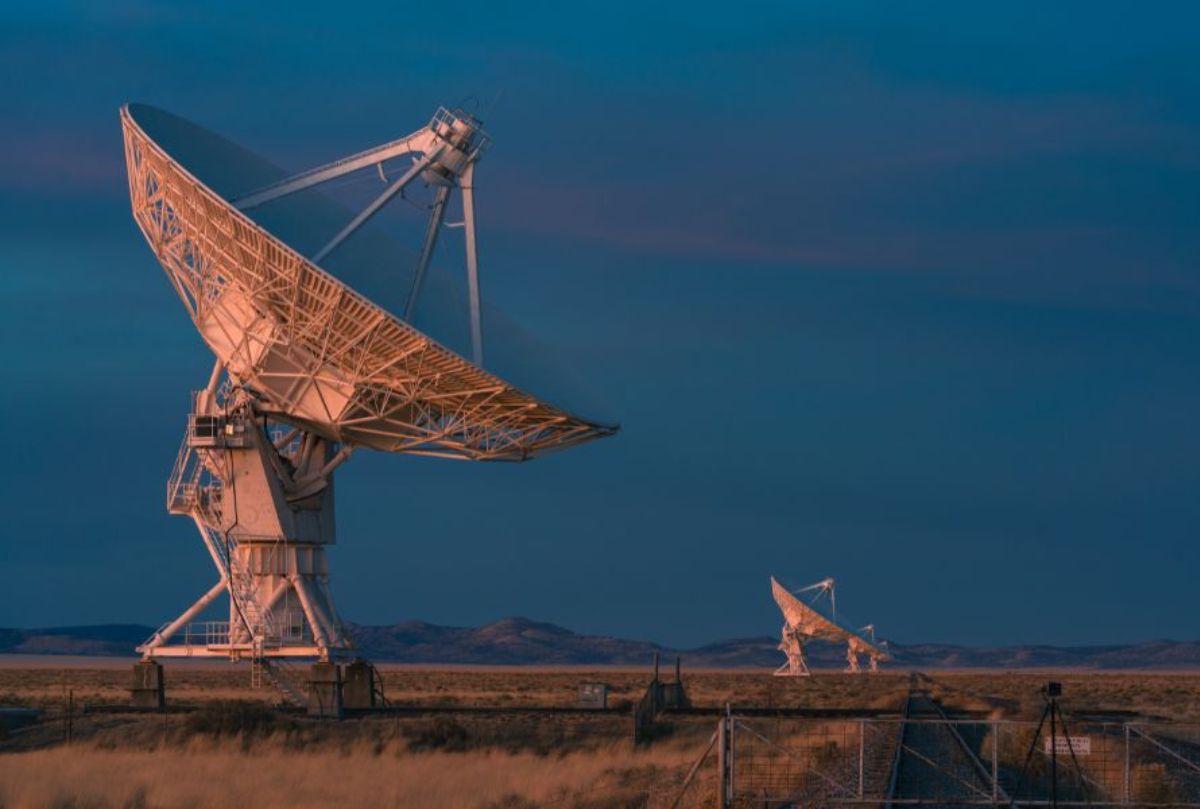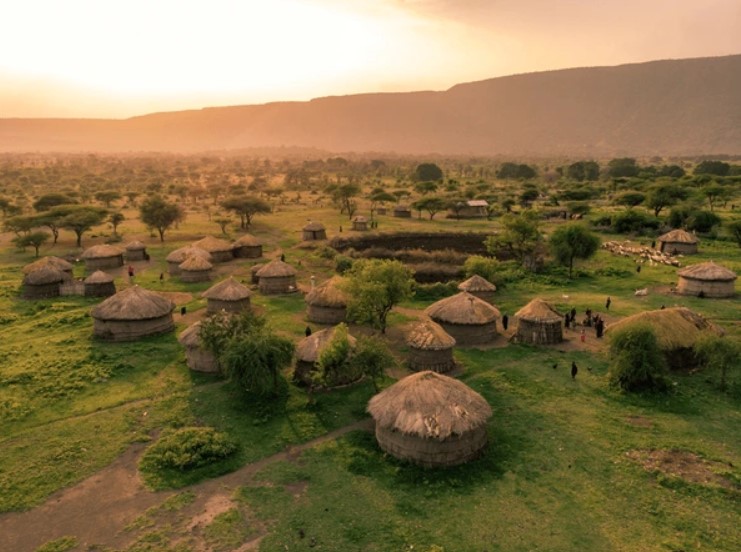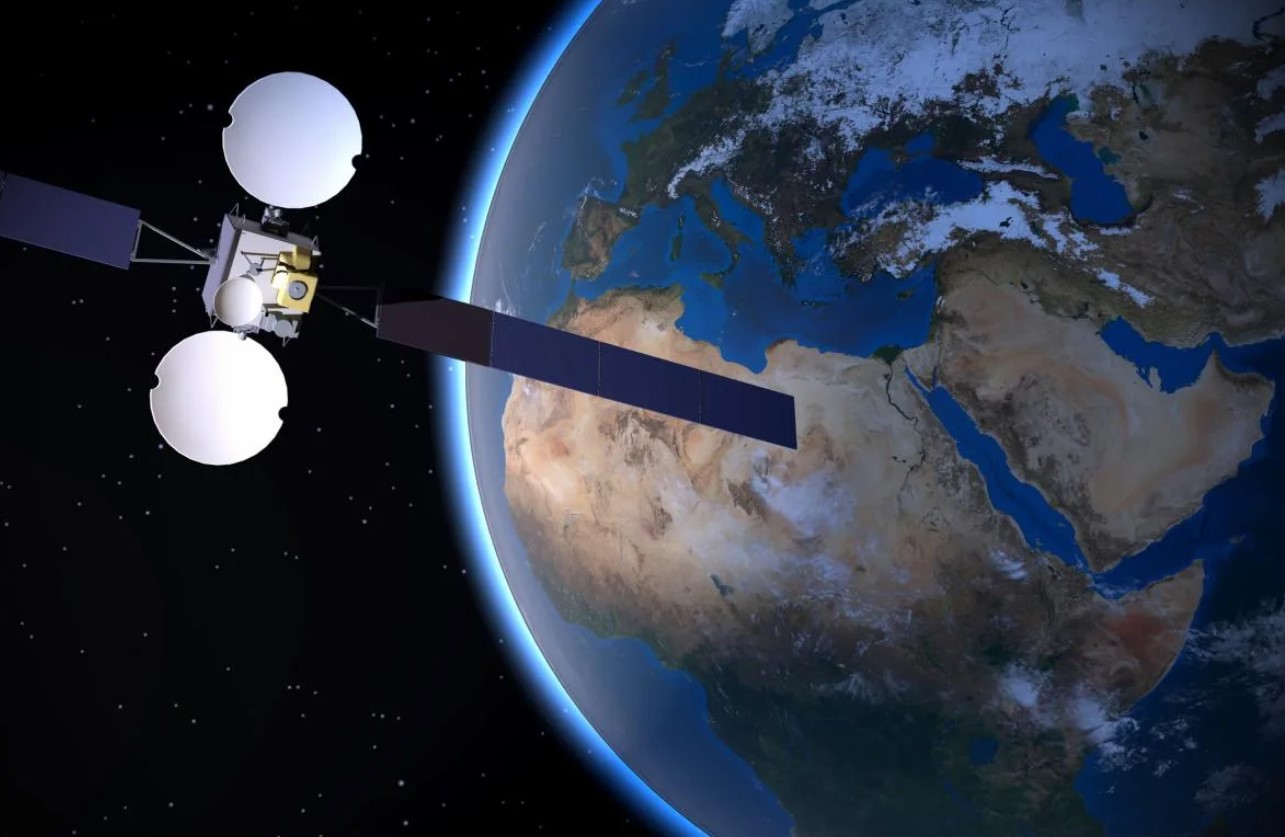Before making a substantial commitment like acquiring satellites to identify poor people, why not first concentrate on fixing the persistent power outages which greatly impact industries and threaten the survival of small-scale businesses?
By Michael Akuchie
On May 31, 2025, Nentawe Yilwatda, Nigeria’s Minister for Humanitarian Affairs and Poverty Reduction, revealed that the government had deployed AI-driven tools to identify and include poor Nigerians in its social register. Through satellite imagery, the act of taking high-resolution photos of a part of the Earth from satellites, Nigeria’s government says it has been able to locate slums across the country. Additionally, the government collaborated with telecom companies to locate people with registered phone numbers within the said areas.
This is an innovative approach to combating poverty, an economic issue that many governments have struggled to address effectively. In 2022, Statista found that around 68 million people living in Nigeria were impoverished.
The research firm expects factors such as persistent unemployment and soaring inflation to drive the country’s poverty level higher. But Nigeria is not the only African country trying to navigate a harsh economic climate. In Kenya, the poverty level stands at 39.8%, with more than 20 million Kenyans being unable to adequately provide for themselves. In 2024, 13.2 million South Africans lived in poverty, with analysts forecasting an increase in the country’s poor population in subsequent years.
African governments are responsible for the welfare of their citizens regardless of economic class. This means that poor people fall under the government’s purview and should receive humanitarian aid along with other means of empowerment. However, getting an accurate figure of the total population of poor people in an area is not a simple task. It demands sizable logistics and resources.
Beyond these hurdles, many politicians’ corrupt practices have slowed down Africa’s fight against poverty. Over the years, concerns about politicians diverting humanitarian aid for personal purposes have risen. In 2024, Betta Edu, former minister of Nigeria’s Humanitarian Affairs and Poverty Alleviation Ministry, was accused of financial misappropriation and ultimately suspended. In 2024, the head of Ethiopia’s National Disaster Risk Management Commission, Mitiku Kassa, was arrested for suspected corruption.
Technology holds great promise for poverty alleviation in Africa. Through high-resolution images taken with satellites, African governments can gain a better understanding of their vulnerable populations and allocate their budgets accordingly to meet their needs. Although the idea of using satellite imagery to fight poverty may sound impossible, that may not be the case.

Between 2017 and 2020, a trio of Stanford University researchers, Marshall Burke, David Lobell, and Stefano Ermon, developed an AI-driven tool that can efficiently track poverty-stricken areas across Africa. This tool combines satellite imagery and AI to monitor the growth of poverty in certain areas. The data obtained from this assessment helps governments and humanitarian groups to concentrate their assistance on those who genuinely need it.
African governments can use a tool like this to assess an area’s poverty level through indicators such as the roof type, road quality, and density of housing. For instance, an area with unpaved roads may need more attention than a place with paved roads and solar-powered lights. Beyond using the satellite images, government agencies can also introduce socio-economic data to make informed decisions.
Satellite imagery can also easily scan densely populated areas, a task that would have overburdened human data collectors. Even in remote areas where poor road networks can pose a challenge to data collectors, a few satellites can navigate this roadblock just fine. Africa needs to reduce its poverty level if it wants to enjoy tremendous economic growth. The continent’s leaders can improve their understanding of slums through satellite imagery and devise appropriate economic policies to create jobs and deliver necessary infrastructure.
But first, it is worth considering Africa’s readiness for AI-driven poverty monitoring systems. In Nigeria, a few research institutions can now collect geospatial data such as satellite images and climate heat maps for diverse reasons, including crop monitoring and weather advice. One such institution is the Nigerian Space Research and Development Agency (NASRDA). In South Africa, the South African National Space Agency (SANSA) has recorded significant feats with its Earth Observer tool.
Using satellites and ground-based data sites, SANSA has been able to study areas prone to fire outbreaks, generating useful data that will help avoid future incidents. The Earth Observer tool has also come in handy for forest mapping and air quality mapping.

As Nigeria and South Africa have shown, Africa has the potential to utilise satellite imagery. However, the continent must first address peculiar data and infrastructural gaps. For a country like Togo or Namibia to get the most out of satellite imagery, it needs a recent estimate of its population. However, population censuses in Africa have often been marred by concerns about the figures being inflated to favour some particular regions. Beyond getting a clear sense of a country’s size, censuses help governments to know which regions need the most infrastructural support.
A census would also help it to interpret the data obtained from the satellite cameras. As such, fresh and honest censuses need to be conducted as using outdated population data will most likely create more problems than solutions. Africa’s legislature should enact laws that will prevent members of the executive from politicising the census information for personal gain or uneven resource sharing.
Across Africa, a constant power supply remains a myth in major cities. Even with vast natural resources and an ever-growing domestic talent pool, a country like Nigeria repeatedly grapples with power grid collapses. Bearing this in mind, it is worth wondering whether Nigeria can possibly meet the power needs of a highly sophisticated tool operation like taking images of slums using satellites.
How will the country power the data centres and equipment needed to monitor the satellites? The same question should be posed to neighbouring and far-away countries around Africa. Before making a substantial commitment like acquiring satellites to identify poor people, why not first concentrate on fixing the persistent power outages, which greatly impact industries and threaten the survival of small-scale businesses?
Another infrastructural gap worth tackling is the internet connectivity challenge. Only a few portions of major cities across Africa can boast of the much-coveted 5G network speed. In several regions, many internet users are limited to 2G and 3G connections.
In a time when most parts of the West, Europe, and Asia are frontliners in innovations, thanks to the available 5G network to further their research, Africa can no longer remain content with 2G and 3G speeds. Before going forward with any plans to study slums with AI, Africa should improve its network connectivity, particularly the speed. Operating and monitoring the satellites will require a fast network speed, and for now, 5G is Africa’s best bet to enjoy low latency while gathering data from the sky. Governments should partner with licensed telecom operators to consider widening their 5G reach.

The authorities should also do more to discourage the vandalism of telecom masts and other critical infrastructure by stationing guards near the structures. Having constant security at telecom masts should effectively deter vandals.
African governments must show more sincerity in their fight against corruption. Even with adequate infrastructure, such as speedy internet and constant electricity supply to take satellite images and properly identify those in need of financial support, the ever-present danger of politicians diverting the funds to a different account stands in the way of humanitarian efforts.
There is also the risk of African leaders using the data obtained from the satellite to provide support to only their party loyalists, purposely excluding others. For this plan to work, politicians must willingly do what is right and ensure that the dividends of democracy are felt by everyone across party lines.
Geospatial data like satellite images can make a huge difference in how African leaders allocate support to vulnerable citizens. Countries such as Nigeria and South Africa can lead the way by integrating this technology into their humanitarian efforts. But first, they must address the glaring infrastructural gaps to give them a greater chance of locating and aiding their poorest citizens with AI-powered tools.
Michael Akuchie is a tech journalist with five years of experience covering cybersecurity, AI, automotive trends, and startups. He reads human-angle stories in his spare time. He’s on X (fka Twitter) as @Michael_Akuchie & michael_akuchie on Instagram.
Cover photo credit: Edinburgh Impact




